I had the good fortune opportunity on 19 November 2017 to a attend a mini seminar by Takeda Satoshi Shihan at Aikido Kenkyukai International Fudoshin Dojo Australia, Sunshine Coast Australia. It was the first time I have had the opportunity to train with Sensei. Fortunately, the opportunity would repeat itself as Sensei visited our own dojo a week later.
 Whenever I go to a seminar I always hope to either learn something new, gain a deeper insight into something I already have some knowledge of, or otherwise just be inspired. The mini-seminar delivered all three. Further, Sensei was incredibly generous with his time and went to much efforts to ensure we understood his teachings and unique perspectives on higher level Aikido practice.
Whenever I go to a seminar I always hope to either learn something new, gain a deeper insight into something I already have some knowledge of, or otherwise just be inspired. The mini-seminar delivered all three. Further, Sensei was incredibly generous with his time and went to much efforts to ensure we understood his teachings and unique perspectives on higher level Aikido practice.
Key learnings included an exploration of such Aiki concepts as:
- Gathering an attack rather than fighting it;
- Finding the zero-point in an attack;
- Using centreline to take balance and move a uke;
- Advanced ukemi; and
- The importance of relaxed good posture.
Sensei also explained the difference in the way grab based attacks were carried out in pre-war and post war Aikido, specifically the combined use of atemi (strikes) in pre-war times. As an additional bonus, Sensei also demonstrated of various Aiki Budo pins rarely seen in modern Aikido practice.
Dojo friend Steve (AKA Haybigz Bender) recorded the seminar and kindly agreed to let me post his highlights video (see below).
Huge thanks to Chicko Sensei for organising the event and also to all the folk from the 2 Sunshine Coast Dojos for making me feel so welcome.
Ian Grant
Dojo Cho
Fudoshin Warrior Dojo, Brisbane
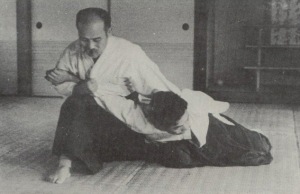
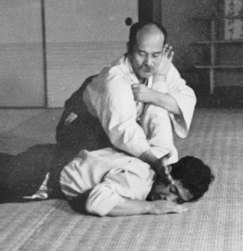
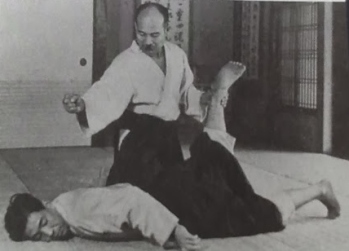
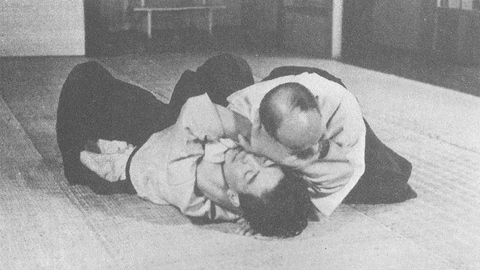
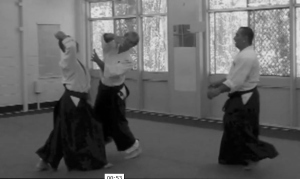
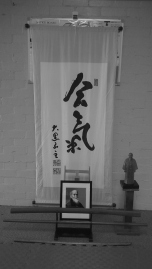



You must be logged in to post a comment.